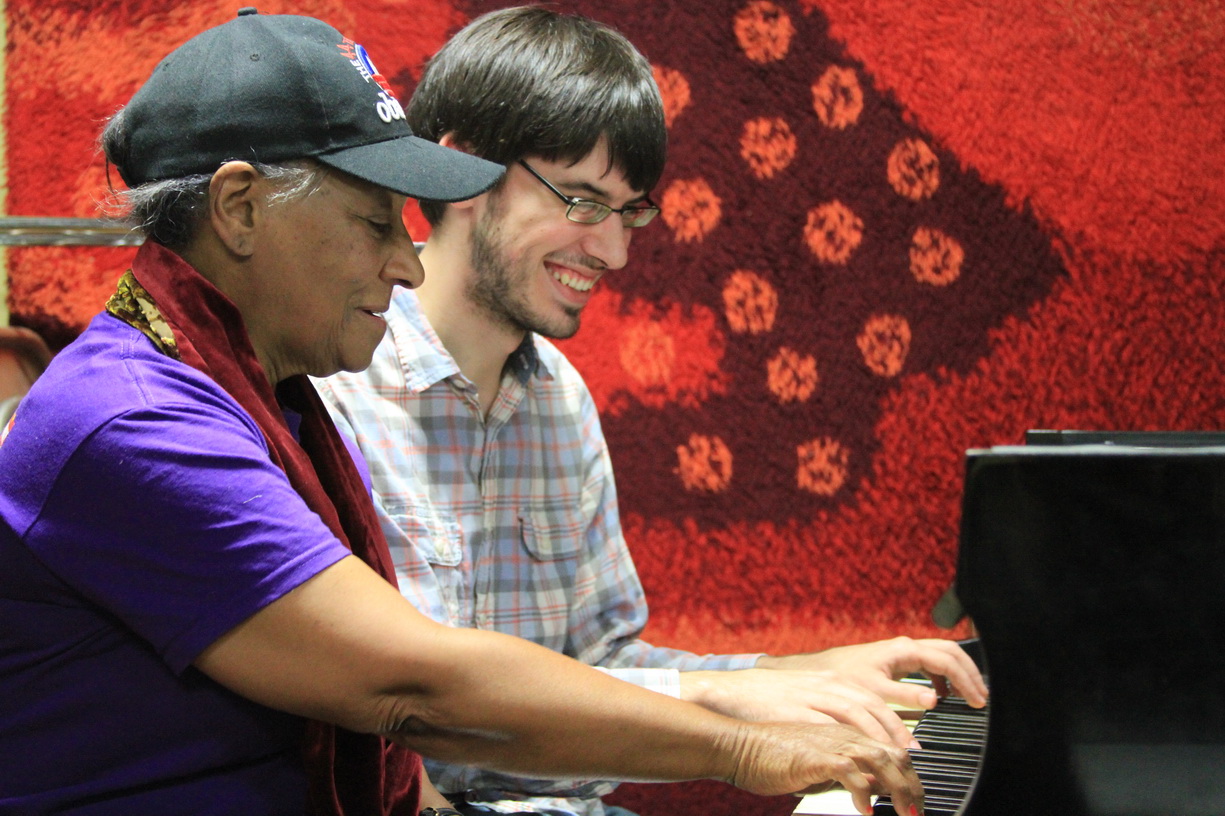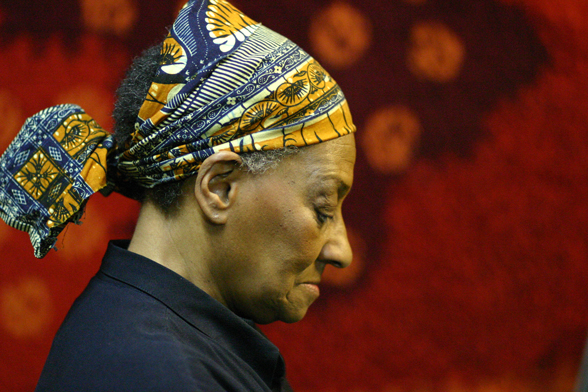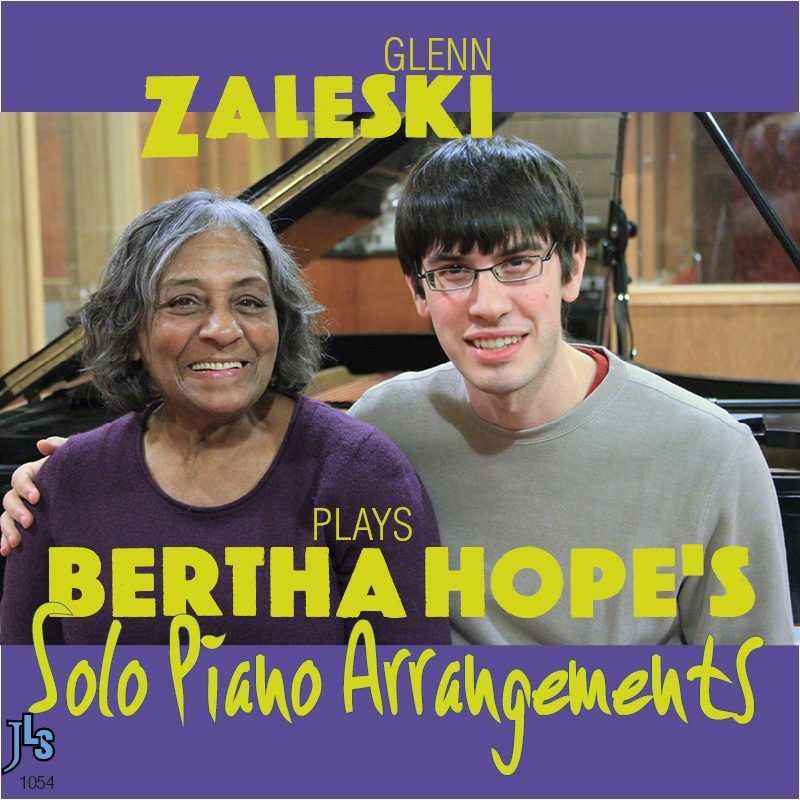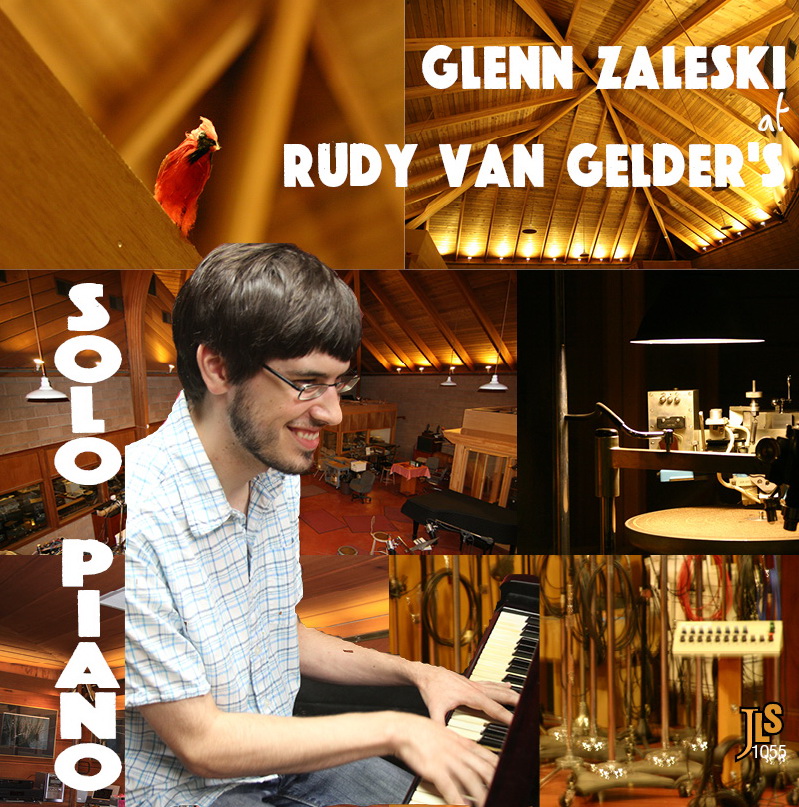Between Two Kings – Bertha Hope
A versatile song that works both as a bossa and, with a half-time feel, as a ballad. Our lead sheet is based on Bertha's recording, which contains both ballad and bossa sections. Two exclusive recordings are available by pianist Glenn Zaleski: Bertha's solo piano arrangement and Glenn's own interpretation.
- Recording: Bertha Hope - Between Two Kings
- Recorded on: 1992
- Label: Minor Music (801025)
- Concert Key: G minor, No key center
- Vocal Range: , to
- Style: Latin (Bossa)
- Piano - Bertha Hope
- Bass - Walter Booker
- Drums - Jimmy Cobb
- Description
- Historical Notes
- Solos
- Piano Corner
- Bass Corner
- Drum Corner
- Guitar Corner
- Inside & Beyond
- Minus You
The A section changes are all II-V7s, in a generally descending direction with not much to suggest the B section's key center of G minor. Our lead sheets have no key signature. The B section vamp is all on a G minor chord, but with the fifth rising to E♭ (Gm♯5) and E♮ (Gm6) and coming back down. At the end of this section, F♯7 is used to resolve back to Bm7♭5 at the A section.
Our lead sheet is based on the arrangement from the original recording. This arrangement has two sections at different tempos: first ballad, and then bossa. The ballad section is notated in cut-time; the rhythm section feel is half the tempo of the melodic and harmonic rhythm. There is an intro, eight measures of the same vamp as the B section; the B section in the ballad part of the arrangement is four measures long.
On the recording, the bass solos on the intro and plays the melody twice, followed by four choruses of piano solo. The head is then played twice again, with piano on the melody; the second time through, the last chord of A is held out and then the drums set up the tempo for the bossa section. After an open vamp on the B section changes, this half of the arrangement has the same form as the first: head twice, four choruses of piano solo, and head out twice. In this half of the arrangement, the B section (D in our lead sheet) is eight measures long. In our lead sheet, the rhythms of the melody at C (the equivalent of the A section) are based on the way Bertha plays the out head, adding important syncopations to fit in the bossa groove.
Bertha is the only soloist on the recording. However, if you're playing this song with a quartet or any setting with two or more soloists, one could solo in the ballad section and another could solo in the bossa section.
Related Songs
Email Send Between Two Kings to a friend
- Recording: Glenn Zaleski - Glenn Zaleski Plays Bertha Hope's Solo Piano Arrangements
- Recorded on: December 1, 2012
- Label: jazzleadsheets.com (JLS 1054)
- Concert Key: G minor, No key center
- Vocal Range: , to
- Style: Latin (Bossa)
- Piano - Glenn Zaleski
Video
- Description
- Historical Notes
- Solos
- Piano Corner
- Bass Corner
- Drum Corner
- Guitar Corner
- Inside & Beyond
- Minus You
Bertha joined Glenn in the jazzleadsheets.com studio, helping him get the subtleties of her music.

Related Songs
Email Send Between Two Kings to a friend
- Recording: Glenn Zaleski - Glenn Zaleski at Rudy Van Gelder's: Solo Piano
- Recorded on: December 1, 2012
- Label: jazzleadsheets.com (1055)
- Concert Key: G minor, No key center
- Vocal Range: , to
- Style: Latin (Bossa)
- Piano - Glenn Zaleski
Video
- Description
- Historical Notes
- Solos
- Piano Corner
- Bass Corner
- Drum Corner
- Guitar Corner
- Inside & Beyond
- Minus You
Relative to Bertha's solo piano arrangement, Glenn's version is a bit more intricate. He adds passing chords and some inner voice movement in the A sections, and improvises a bit on the faster B sections. The last chord is the same as in Bertha's arrangement.
Related Songs
Email Send Between Two Kings to a friend

Bertha Hope
born on November 8, 1936
A dynamic force in improvised music, pianist Bertha Hope has been making headway in the jazz scene since the early 1960s. Raised in Los Angeles, Bertha attended Manual Arts High School. She began her jazz journey with pianists Elmo Hope and Richie Powell in her youth. Although she studied piano at Los Angeles Community College, she received her B.A. in early childhood education from Antioch College. She married Elmo in 1960; they moved to New York where Bertha worked as a telephone operator by day and performed at night. Read more...





